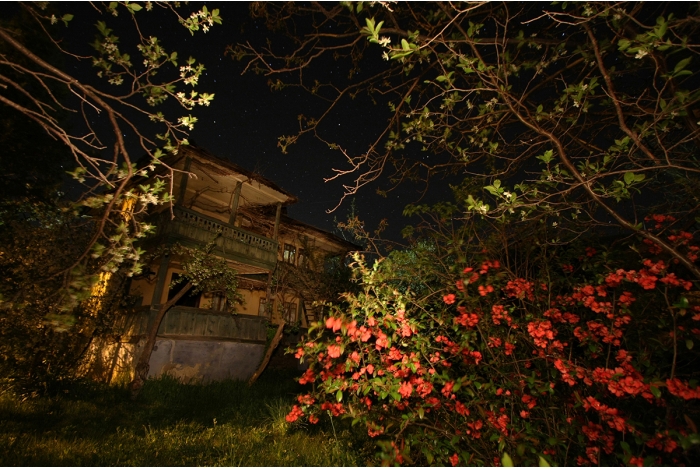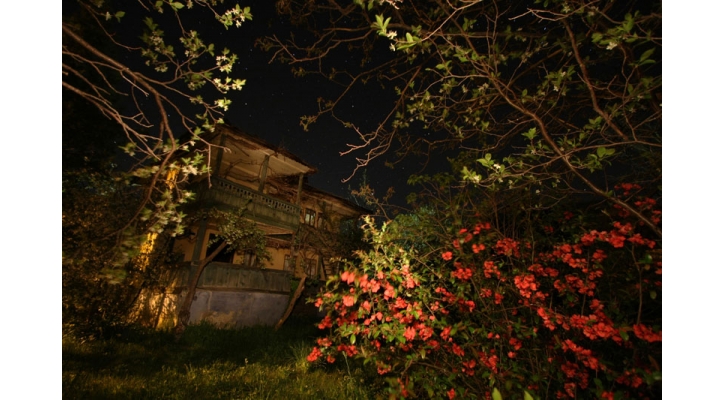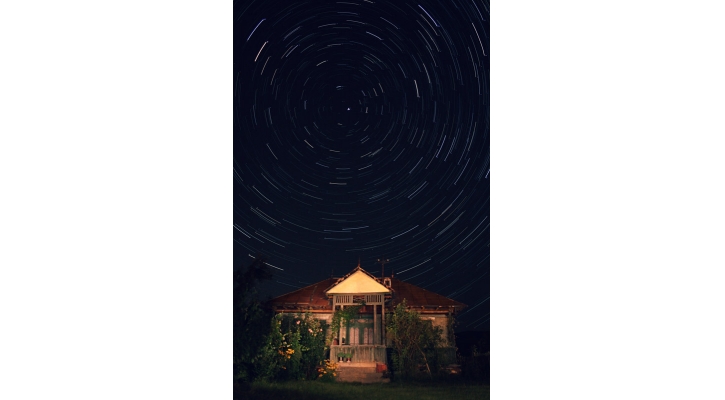A Midsummer Night’s Ritual: The Festival of Sânziene
I had heard about the Romanian tradition of Sânziene long before I truly knew about it.

Photo by Andrei Baciu
A Romanian friend of mine had told me that, when she was a teenager, her grandmother gave her a wreath of a certain type of flowers and told her that, if she put it under her pillow when she went to sleep, she would dream of the man she would one day marry. She did so, and sure enough, she dreamt of Romanian TV personality Mircea Badea. How strange, I thought, that such a superstitious belief would persist into the modern day. This wasn’t Santa Claus or the Tooth Fairy that we inform small children about, this was a 16-year-old girl, supposedly too old for such things, being told that she could see the future in her dreams.
Her grandmother seemed to take it fairly seriously as well. This was no joke played on small children, but a legitimate superstitious belief surviving in the modern day.
Little did I know that this curious belief had deeper roots than I could possibly imagine. What my friend told me about was a simplified version of the old Romanian tradition of Sânziene. Coming from the Romanian word sânziană, meaning both a kind of mythical fairy and a certain type of flower (called Lady’s Bedstraw in English), the festival of Sânziene has pagan roots. It occurs every year on the summer solstice, June 24, mirroring similar pagan festivals in many other cultures. The festival involves the young maidens of the community dressing in white and spending the day picking the sânziene flowers, while avoiding contact with anyone else, especially men. They then make wreaths out of the flowers and wear them as crowns when they come back to the village. As they return to the village, they are supposed to have actually turned into sânziene, fairies, and they perform a ritual dance around a bonfire into which all the remains of the previous year’s harvest are thrown. The girls then take their wreaths and place them under their pillows while they sleep. Then then receive a premonition of their future husbands.
The festival of Sânziene is still celebrated in many areas of Romania’s Carpathian Mountains, especially in villages and more isolated communities. As an ancient folkloric custom that has been passed down only through oral tradition over the years, there are obviously many regional variants. In the Maramureş region, for example, it is said that at the end of the ritual the villagers construct a large wheel out of the remains of the harvest and then roll it down a hill after lighting it on fire. The burning wheel is supposed to symbolize the setting sun, as the days would begin to get shorter until the next solstice in winter, and ensures the next harvest would be bountiful. Indeed, Sânziene is mainly a fertility festival, a common ritual in many ancient pagan cultures. It is primarily meant to ensure a good harvest in the following fall, but there is also a widespread belief that women who take part in the ritual will be more likely to have children.
Another superstition revolving around the festival, this one originating further south in the Wallachian region, involves a way to predict the summer weather. A caged cuckoo bird is made part of the festivities, and is said to be able to predict the weather based on its singing. If the bird sings during the wreath-burning ritual, it will be a rainy summer, and if it doesn’t, the summer will be dry. Similar in some ways to the Groundhog Day phenomenon in the United States, when a groundhog is supposed to provide a prediction of the length of the winter season, this regional variation ties in with the other characteristic of a fertility festival and involves Romanians looking to the natural world to provide an indication of their fortunes, whether they have a rainy summer leading to a bountiful harvest or a dry summer leading to drought and hardship.
However, there is a darker side to the myth, as well. Fairies in Romanian folklore are not necessarily benevolent creatures, and they demand respect. As such, women are banned from working on the summer solstice, out of respect for the fairies’ ritual. In addition, the ban placed on girls taking part in the ritual from talking to other people, especially men, should be strictly adhered to. If a woman breaks either rule, she will be severely punished by the sânziene, in the form of bad luck that can follow them for several years, or even diseases.
As mentioned before, the ritual must occur on June 24, the summer solstice, and with good reason.
The festival of Sânziene is but one aspect of the supernatural occurrences on that night. In Romanian mythology, as in many others, the night of the summer solstice is considered to be a time when the “heavens open up”, so to speak. The date is connected with all manner of supernatural events, and strange creatures are thought to wander the forests, especially in specific places with a reputation for the supernatural, such as Băneasa Forest near Bucharest. The seminal Romanian writer Mircea Eliade, in his novel Noaptea de Sânziene (translated as The Forbidden Forest), explores paranormal activity happening in the Băneasa Forest on Sânziene night. His novel brings the old legend into a more modern context, and illustrates the enduring importance and influence of folk traditions in Romanian art and culture.
My friend has yet to marry Mircea Badea, but her grandmother may still be convinced. As for herself, when asked if she would give her daughter a wreath of sânziene to put under her pillow on a certain midsummer night, she says she certainly would. “I think it brings a little bit of magic,” she says. This determination by young people to keep traditions alive ensures that Romanian culture will survive, even into the modern age. And who knows, maybe one day a certain TV star will come to sweep my friend off her feet.
Text: Andrew Jones
Photos: Andrei Baciu






